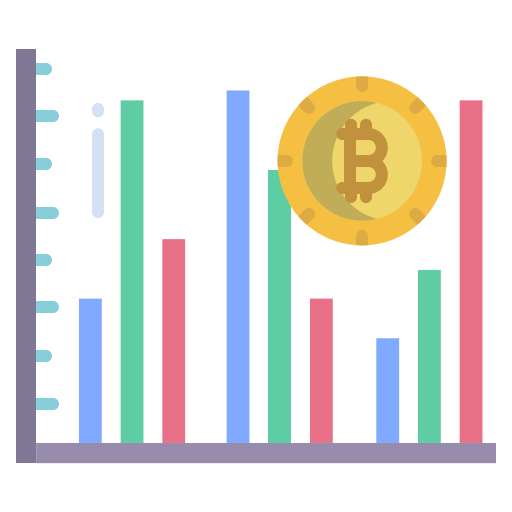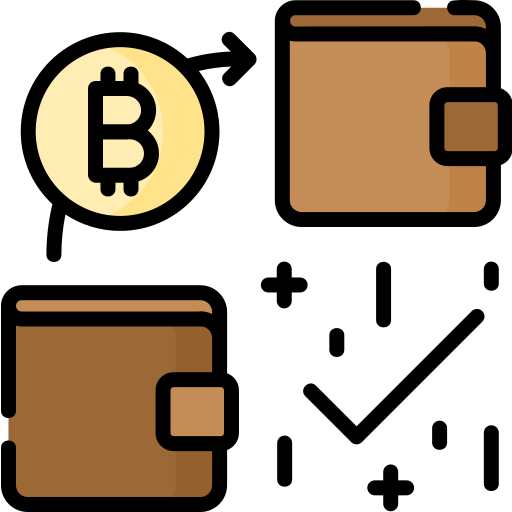
Since its inception, Bitcoin mining has seemed shrouded in mystery for casual observers, misunderstood as a complex and technical process reserved only for experts. However, at its core Bitcoin mining is conceptually simple – an incentive system rewarding participants for verifying and securing network transactions. This beginner’s guide aims to unravel the mystery of Bitcoin mining, examining how it works, why it matters, and its evolving landscape. Understanding Bitcoin mining provides critical insight into the dynamics underlying cryptocurrency’s adoption and growth. By demystifying this foundational process, we can better appreciate the ingenious systems design that drives Bitcoin’s success and the opportunities it presents.
Demystifying Proof-of-Work Mining
Bitcoin mining involves competitive computation to validate transactions and mint new blocks on the blockchain following a consensus protocol known as proof-of-work. This process underpins Bitcoin’s security and integrity as a decentralized network.

In proof-of-work mining, specialized machines race to solve complex mathematical puzzles requiring massive computational power. The first miner to solve the puzzle validates a new block of transactions and earns a Bitcoin reward.
By expending real-world resources for verification, proof-of-work mining makes fraud economically prohibitive. Hacker Dan Held explains, “Mining inserts real-world costs into Bitcoin security. Attacking the network requires outcomputing this collective mining power over sustained time.”
This elegant system aligns miner incentives for earning rewards with Bitcoin’s need for security. By verifying transactions accurately, miners also verify their expended work and get paid accordingly in Bitcoin.
Why Mining Matters
Mining is mission-critical to Bitcoin for several reasons:
Security – Mining protects Bitcoin from malicious attacks by raising the costs of tampering with the blockchain ledger.
Validation – Mining provides decentralized verification of all network transactions by competing to package transactions into the blockchain.
Issuance – The process of mining is how new Bitcoin enters circulation as block rewards, thus minting the digital currency in a balanced way.
Governance – Miners signal acceptance of Bitcoin software upgrades, allowing decentralized maintenance.
Essentially, mining enables Bitcoin to function as a secure, community-managed asset absent centralized control. “It’s the magic ingredient that powered Bitcoin to be the first viable digital currency,” notes investor Jill Carlson.
The Evolving Landscape of Mining
While conceptually simple at its root, changes in mining have progressed over time:
– Specialized hardware known as ASICs now conduct nearly all mining after GPU and CPU mining became obsolete.
– Mining pools allow smaller miners to pool resources and share rewards, though this contributes to centralization risk.
– Large data center mining operations have arisen to capitalize on economies of scale.
– Stricter requirements exclude hobbyists from profitably mining without industrial-scale investment.
Despite these shifts, mining innovation continues advancing. Alternative consensus models like proof-of-stake may complement proof-of-work to enhance decentralization. New facilities leverage natural resources like solar, hydroelectric, or flared gas energy to mine Bitcoin more efficiently at large scales.
Future Outlook
Looking ahead, mining will likely continue gravitating toward industrial-scale infrastructure managed by specialized professionals. However, it remains essential for all cryptocurrency users to understand mining’s foundational role in securing decentralized networks like Bitcoin.

Bitcoin Core developer Matt Corallo projects that “purpose-built ASICs will become even more specialized, efficient and scalable to accommodate growing Bitcoin adoption.” But he cautions that metrics beyond just hashrate such as lowered geographic concentration of mining power and increased participation of entities running full nodes are critical to monitor as well.
The crypto journey remains early. As investor Meltem Demirors reminds us, “Less than 0.5% of the world uses crypto today. The future possibilities once a billion people use digital currencies is staggering to consider.” By appreciating the pivotal role of mining in enabling Bitcoin’s success, we gain perspective for its future evolution and the growth of cryptocurrencies overall.
Conclusion
Rather than an inscrutable process reserved for technical experts, Bitcoin mining is best understood as an elegant incentive system that propels cryptocurrency’s security and growth. Viewed through this lens, mining’s critical functions become plain to see. While implementation details and hardware continue advancing rapidly, demystifying the why and how of mining gives foundational knowledge for understanding cryptocurrency as a technology and movement. Just as mining unlocks new bitcoins into circulation, demystifying mining unlocks comprehension of the genesis behind cryptocurrency’s ongoing rise. With a broader public understanding of these roots, Bitcoin and decentralized cryptocurrencies move closer toward mass adoption and utilization strengthening their hopeful role in society.